Who Controls Forex Market: Central Banks and Major Players
Abstract:The forex market has no single controller. Central banks like the Fed influence rates, while JP Morgan and Citi create liquidity in the $9.6T daily market.
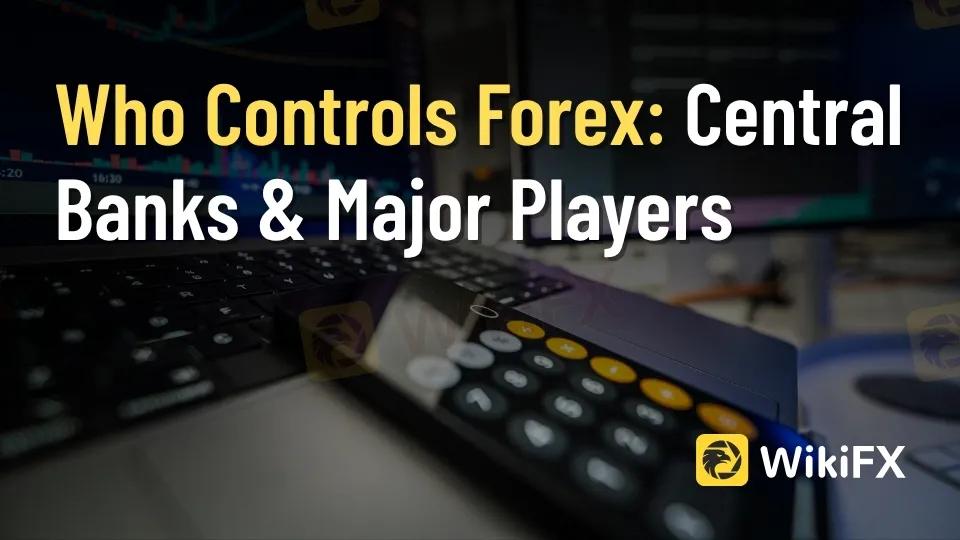
Who Controls the $9.6 Trillion Forex Market?
No single entity controls the $9.6 trillion-per-day forex market—instead, influence flows through a clear hierarchy where central banks wield monetary policy power, major commercial banks create the market itself, and institutional investors move prices through massive transaction volumes. While this decentralized structure prevents any one player from dictating currency prices, understanding who holds influence reveals how exchange rates actually shift.
The April 2025 Bank for International Settlements (BIS) Triennial Survey captured something remarkable: global forex trading volumes surged nearly 30% since 2022, reaching that staggering $9.6 trillion daily figure. What's driving this growth? Heightened volatility is tied to geopolitical tensions, trade policy shocks, and an accelerating shift toward spot transactions and outright forwards as corporations and investors scramble to lock in rates quickly. The market isn't just getting larger—it's becoming more responsive to real-economy needs while remaining firmly in the hands of a concentrated group of powerful participants.
The Control Hierarchy: Who Really Moves Currenty Markets
Think of forex as a pyramid where influence diminishes as you move down each tier. At the apex sit central banks—the Federal Reserve, European Central Bank, Bank of Japan, Bank of England, and Swiss National Bank—wielding interest rate decisions and intervention powers that can trigger instant multi-percentage-point swings. These institutions don't trade frequently, but when they act, markets listen.
Just below them operate the true market makers: major commercial banks. JP Morgan, Citi, Goldman Sachs, HSBC, and Deutsche Bank don't just participate in forex—they create it by providing continuous bid-ask quotes across all time zones. The top five banks collectively control approximately 50% of all forex trading volume. Their London dealing desks alone account for 38% of global turnover, followed by New York at 16%, Singapore at 10%, and Hong Kong at 8%.
Institutional investors and hedge funds occupy the next tier, managing trillions in assets requiring constant currency exposure management. Pension funds, insurance companies, sovereign wealth funds, and hedge funds generate significant price movements not because they're trying to “control” forex but simply through the sheer size of their transactions. Remember George Soros in 1992? His Quantum Fund shorted more than $10 billion in pounds, ultimately forcing the UK to withdraw from the European Exchange Rate Mechanism and devalue the currency. That trade netted over $1 billion in profit and earned Soros the “the man who broke the Bank of England”. The cost to the UK Treasury: £3.4 billion.
Multinational corporations like Apple, Toyota, and Samsung generate substantial forex volume through international business operations—repatriating profits, hedging exposure, and settling cross-border transactions. These commercial flows create predictable patterns that savvy traders monitor closely.
At the base of the pyramid sit retail traders. Once virtually nonexistent, retail participation has exploded thanks to fintech platforms making currency trading accessible to anyone with a smartphone. Retail traders now represent approximately 6% of market participants, collectively generating around $580 billion in daily volume. Individually, they're small fish, but together they provide liquidity that larger players trade against—and their sentiment often serves as a contrarian indicator that institutions watch carefully.
Central Banks: The Ultimate Currency Influencers
Here's what most people don't realize: central banks rarely need to actually trade currencies to move them. Their power flows through three interconnected channels that shape market expectations and drive positioning.
Interest Rate Policy: The Primary Weapon
When the Federal Reserve shifts interest rates, the dollar moves—period. Higher rates attract foreign capital seeking better returns, strengthening the currency, while rate cuts typically weaken it. The Bank of Japan demonstrated this perfectly in August 2024 when it raised its benchmark rate to 0.25%, ending years of negative rates and triggering immediate yen appreciation against the dollar. By January 2025, markets were pricing a 59% probability of another BOJ rate hike, with Deputy Governor Ryozo Himino signaling readiness to raise rates again based on sustained wage growth expectations.
These decisions ripple across every currency pair. The US dollar appears on one side of 89% of all trades, followed by the euro at 31% and the Japanese yen at 17%. When Jerome Powell speaks at Federal Reserve meetings, traders worldwide adjust positions worth billions based on his forward guidance about future rate trajectories.
Direct Market Intervention: The Nuclear Option
Central banks occasionally enter markets directly to buy or sell their currency when exchange rates move too far too fast. Japan's Ministry of Finance conducted multiple interventions in 2024 when USD/JPY approached 160, a level authorities considered a critical defensive line. On April 29, 2024, the yen briefly touched that psychologically important level, prompting two rounds of suspected intervention selling dollars and buying yen. In July alone, Japanese authorities spent 5.53 trillion yen ($36.8 billion) to shore up their currency. The sheer scale of these operations sends powerful signals to the market that the central bank will defend certain levels, often creating self-fulfilling price reversals as speculators unwind positions.
What makes intervention so powerful isn't just the actual buying or selling—it's the uncertainty it creates. Traders know central banks have essentially unlimited domestic currency to deploy, making it risky to fight them directly.
Forward Guidance: Moving Markets With Words
Christine Lagarde, president of the European Central Bank, and Jerome Powell at the Federal Reserve don't need to execute a single trade to shift billions in currency flows. Their speeches at events like the annual Jackson Hole Economic Symposium trigger immediate market reactions as traders parse every word for clues about future policy direction. When Lagarde warned in September 2025 that Trump's threats to dismiss Powell posed “serious danger” to the US and world economy, she underscored how central bank independence itself functions as a market stabilizer.
This forward guidance shapes positioning weeks before actual policy changes. Markets began pricing in Federal Reserve rate adjustments for 2025 based entirely on Powell's December 2024 Federal Open Market Committee press conference, demonstrating how communication has become as powerful as action itself.
Commercial Banks: The Market Makers Who Create Liquidity
The big secret about forex? It doesn't trade on a centralized exchange like stocks. Instead, major commercial banks operate dealing desks that provide continuous buy and sell quotes, creating the market through their own capital. JP Morgan, which won Global Finance's 2025 Best FX Market Maker award, exemplifies how these institutions function. They maintain massive currency inventories, operate 24-hour trading operations across global time zones, and profit from the spread between their buying and selling prices.
The concentration of power here is remarkable. According to the latest BIS data, reporting dealers—primarily these major banks—account for 46% of total forex turnover, while non-reporting banks add another 22%. The top four jurisdictions where their sales desks operate—the United Kingdom, United States, Singapore, and Hong Kong—accounted for 75% of all FX trading in April 2025.
US banks alone generated impressive volumes. The Foreign Exchange Committee's semi-annual survey revealed that US daily forex turnover reached $1.3777 trillion in April 2025, representing a 15.2% year-over-year increase. Total monthly US turnover surpassed $30 trillion during that period, with spot trading comprising nearly half at $602.29 billion, followed by forex swaps at $412.8 billion, outright forwards at $272 billion, and over-the-counter options at $90.65 billion.
These banks serve as intermediaries for everyone else. When a pension fund needs to convert $500 million from dollars to euros, or when Apple repatriates overseas profits, they execute through these market-making banks. The banks aggregate retail orders from brokers, facilitate corporate hedging, and provide liquidity to institutional investors—all while managing their own proprietary positions.
Institutional Investors: The Silent Movers
Pension funds managing retirement savings for millions, insurance companies balancing long-term liabilities, and sovereign wealth funds deploying national reserves collectively control trillions in assets, requiring ongoing currency exposure management. According to the 2025 BIS Triennial Survey, institutional investors account for approximately 11% of forex turnover, with hedge funds and proprietary trading firms adding another 7%.
These players typically aren't speculating on short-term currency movements—they're managing risk inherent in international investment portfolios. But when a $10 billion pension fund rebalances its European equity allocation or a sovereign wealth fund shifts from dollar to euro assets, the transaction volume alone creates measurable price impact.
Hedge funds operate differently. They actively seek profit from currency movements using sophisticated strategies, including carry trades (borrowing low-yielding currencies to invest in higher-yielding ones), momentum strategies, and fundamental analysis. The Soros trade on sterling remains the iconic example, but modern hedge funds deploy algorithmic systems that now drive approximately 92% of all forex transactions. These automated strategies can amplify movements once technical levels break, creating feedback loops that accelerate trends.
Corporations: Commercial Flow Creates Patterns
When Toyota sells cars in the United States, it earns dollars but reports in yen. When Volkswagen purchases components from Asian suppliers, it converts euros. This constant commercial activity—importing, exporting, paying foreign employees, repatriating profits—generates substantial forex volume with predictable seasonal and cyclical patterns.
Daily global trade in goods and services creates only a fraction of total forex volume compared to financial speculation, but corporate flows matter because they're persistent and directional. A multinational with consistent dollar earnings and euro expenses will systematically sell dollars and buy euros, creating a reliable flow that currency traders position around.
What's notable is how corporations increasingly use sophisticated hedging strategies to lock in exchange rates months or years in advance, reducing exposure to currency volatility. The surge in outright forwards documented in the 2025 BIS survey—instruments that allow companies to lock in future exchange rates—reflects heightened corporate focus on risk management amid geopolitical uncertainty.
Retail Traders: The Growing Force Without Control
The retail revolution in forex deserves attention not because individual traders move markets, but because collectively they've become a non-trivial participant. Retail FX and CFD trading surged to over $30 trillion per month in Q2 2025, showing extraordinary growth in retail participation. Individual traders now represent approximately 6% of market participants, generating around $580 billion in daily volume.
Retail traders access markets through brokers who aggregate their orders and execute them through the interbank market with those major commercial banks. While a retail trader opening a $10,000 position has zero market impact individually, the aggregated flow from millions of retail traders creates liquidity that institutions can trade against.
Here's the uncomfortable truth: retail sentiment often serves as a contrarian indicator. When the majority of retail traders are heavily long a currency pair, institutional players view this as a signal that the move may be exhausted, potentially positioning in the opposite direction. Retail traders don't control the market—they're often the fuel for moves initiated by larger players.
The Regulatory Framework: Supervision Without Control
Many people searching for information about forex “control” actually want to know about regulatory oversight—who ensures the market operates fairly? Multiple authorities supervise different aspects, but none control actual currency prices.
United States: CFTC and NFA
The Commodity Futures Trading Commission (CFTC) regulates forex brokers as part of its broader derivatives market oversight, while the National Futures Association (NFA) enforces compliance standards through audits and licensing. The US imposes some of the world's strictest retail forex requirements: maximum 50:1 leverage on major pairs, 20:1 on minor pairs, mandatory First-In-First-Out (FIFO) order execution, and prohibition of hedging (simultaneous long and short positions in the same pair). Brokers must maintain a minimum of $20 million in regulatory capital to operate as Retail Foreign Exchange Dealers.
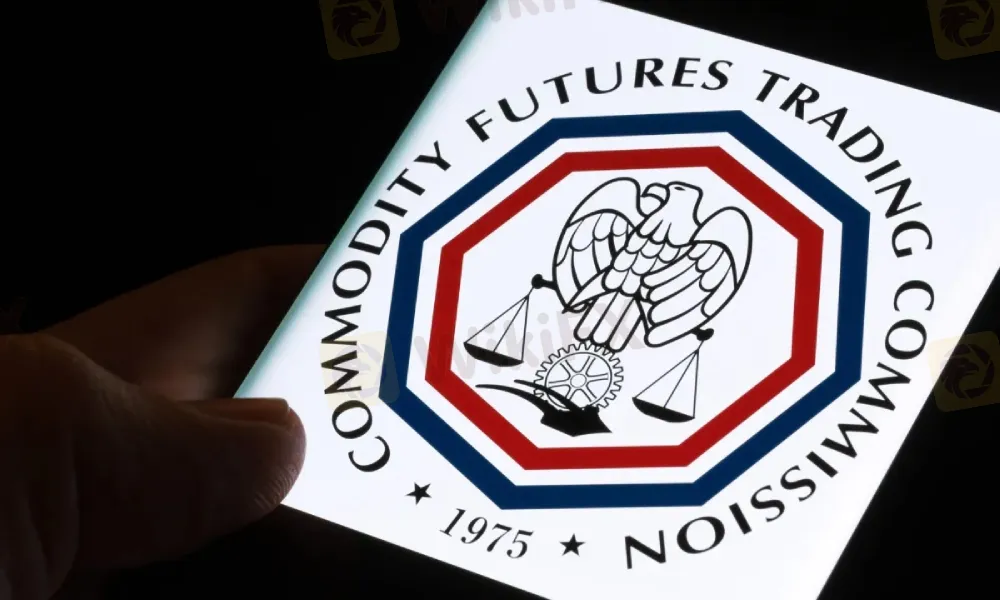
These rules protect retail traders from excessive risk but don't influence interbank exchange rates—that remains determined by the decentralized interaction of global participants.
European Union: ESMA
The European Securities and Markets Authority (ESMA) implemented stringent retail trading restrictions following post-2008 financial reforms, including leverage limits, negative balance protection, and mandatory risk warnings. The implementation of the Digital Operational Resilience Act (DORA) and Markets in Crypto-Assets (MiCA) regulations in 2025 increased broker compliance costs by approximately 25%, reflecting Europe's continued focus on investor protection.

United Kingdom: FCA
Following Brexit, the Financial Conduct Authority (FCA) operates independently with its own standards for UK forex brokers, maintaining strict capital adequacy requirements and conduct rules. London's dominance as the world's largest forex trading center means FCA regulations affect a disproportionate share of global volume.
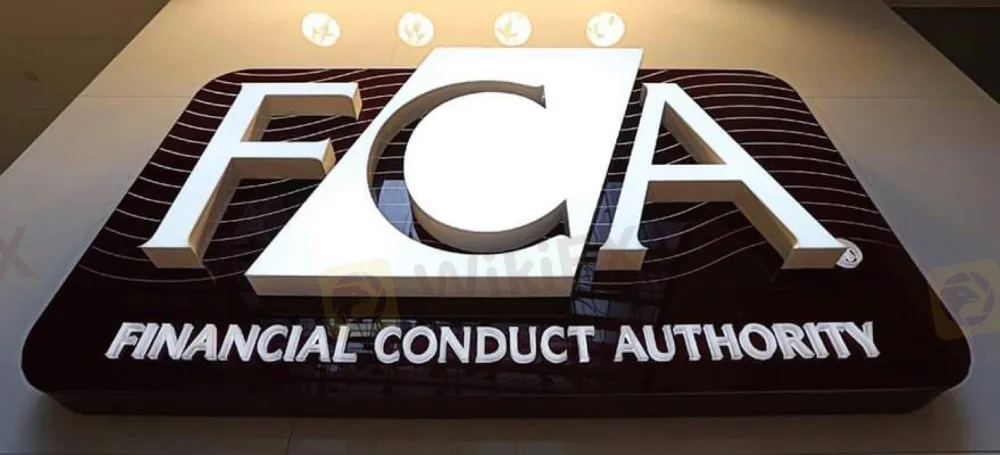
Asia-Pacific Regulators
The Monetary Authority of Singapore (MAS), the Australian Securities and Investments Commission (ASIC), and Japan's Financial Services Agency (FSA) oversee significant regional trading hubs. Singapore's 10% share of global forex turnover makes MAS regulation particularly relevant for the Asian market structure.
These regulators supervise broker conduct, capital adequacy, and client fund protection—critical functions that ensure market integrity. But they don't set exchange rates. Those emerge from the continuous negotiation between millions of buyers and sellers executing trillions in daily transactions.
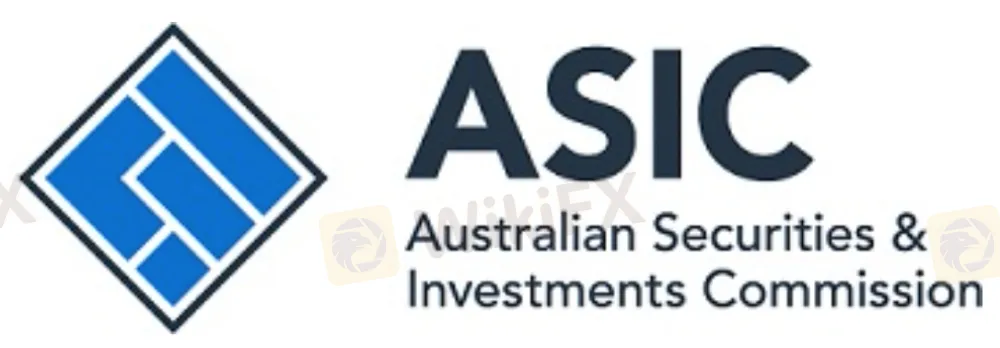
How This Structure Evolved: From Bretton Woods to Free-Floating Currencies
Understanding the current market structure requires historical context. Until 1971, currencies operated under the Bretton Woods system, where exchange rates were pegged to the US dollar, which itself was convertible to gold at $35 per ounce. When President Nixon ended dollar-gold convertibility in 1971, the modern free-floating currency regime was born.
This shift fundamentally changed who influences exchange rates. Instead of governments maintaining fixed pegs through gold reserves, market forces—supply and demand expressed through the trading activities of all these participants—now determine prices. Central banks retained influence through monetary policy and occasional intervention, but continuous price discovery shifted to the decentralized interbank market.
The evolution from a system where a handful of central bankers set rates to one where thousands of institutions trade continuously created today's deep, liquid forex market. That liquidity enables the $9.6 trillion in daily volume, but it also means no single entity can dictate prices for long.
Future Dynamics: How Control May Shift
Several emerging trends could reshape the forex market structure over the next decade, potentially altering the balance of influence among participants.
Algorithmic and AI-driven trading now dominates execution, with automated systems handling approximately 92% of transactions. As artificial intelligence systems become more sophisticated, trading decisions increasingly reflect machine learning models rather than human judgment. This could accelerate market movements when algorithms collectively respond to the same signals, potentially increasing volatility.
Central bank digital currencies (CBDCs) represent another potential structural shift. If major economies launch CBDCs for cross-border settlement, it could reduce the role of commercial banks as intermediaries, creating more direct central bank involvement in forex markets. The integration of crypto-forex frameworks that several jurisdictions began exploring in 2025 hints at this possibility.
Retail participation continues to expand through mobile platforms and reduced barriers to entry. While individual retail traders remain small, their growing collective presence means this segment will likely demand more attention from regulators and could influence intraday liquidity patterns in minor currency pairs.
Geopolitical tensions and trade policy uncertainty appear to be driving sustained increases in hedging activity. The shift toward spot transactions and outright forwards documented in the 2025 BIS survey suggests corporations are prioritizing immediate risk transfer over speculative positioning. If this trend persists, commercial flow could become more influential relative to financial speculation.
The Reality: Distributed Influence Without Centralized Control
Asking who controls the forex market assumes someone sits at the controls. The reality is messier and more interesting. Central banks exert the most concentrated influence through rate decisions and interventions that can trigger instant multi-percentage-point moves. Major commercial banks create the market infrastructure and control liquidity flow. Institutional investors generate the transaction volume that actually moves prices day-to-day. Corporations create persistent directional flows. Retail traders add liquidity without much influence.
No participant truly controls prices—instead, exchange rates emerge from the continuous negotiation among all these players, each acting on different information, timeframes, and objectives. The Bank of Japan can intervene to support the yen, but if fundamental economic conditions don't support a stronger currency, its influence proves temporary. George Soros could profit by betting against the pound, but only because the underlying economic reality made the government's position unsustainable.
This decentralized structure makes forex remarkably resilient. When one central bank manipulates rates, others respond. When one bank dominates a currency pair, others see a profit opportunity and compete. The system's strength lies precisely in the fact that no one controls it—price discovery reflects the aggregated judgment of thousands of participants deploying trillions in capital.
For anyone participating in forex—whether as a trader, corporate treasurer, or investment manager—understanding this hierarchy matters more than looking for a single controlling entity. Monitor central bank communications, track major bank currency forecasts, watch institutional positioning data, and recognize that you're operating within a structure where influence flows through predictable channels but control belongs to no one.
The $9.6 trillion-per-day forex market remains the world's largest and most liquid financial market precisely because it balances centralized influence with decentralized execution. That's not a bug—it's the feature that makes modern international commerce possible.
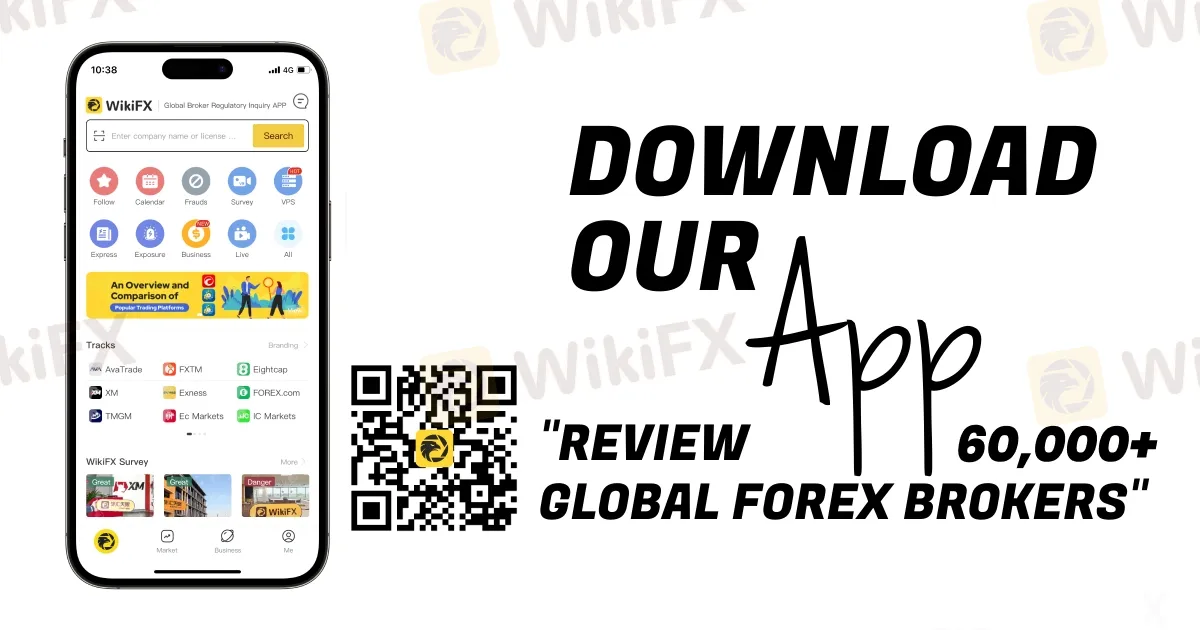
Read more
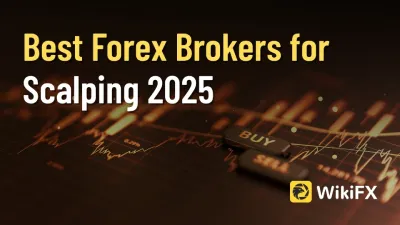
Best Forex Broker in the World 2025: Top Scalping Picks
Discover the best forex broker in the world for 2025—top regulated platforms with ultra‑low spreads, lightning execution, and elite tools for scalping, algo trading, and all levels of traders.
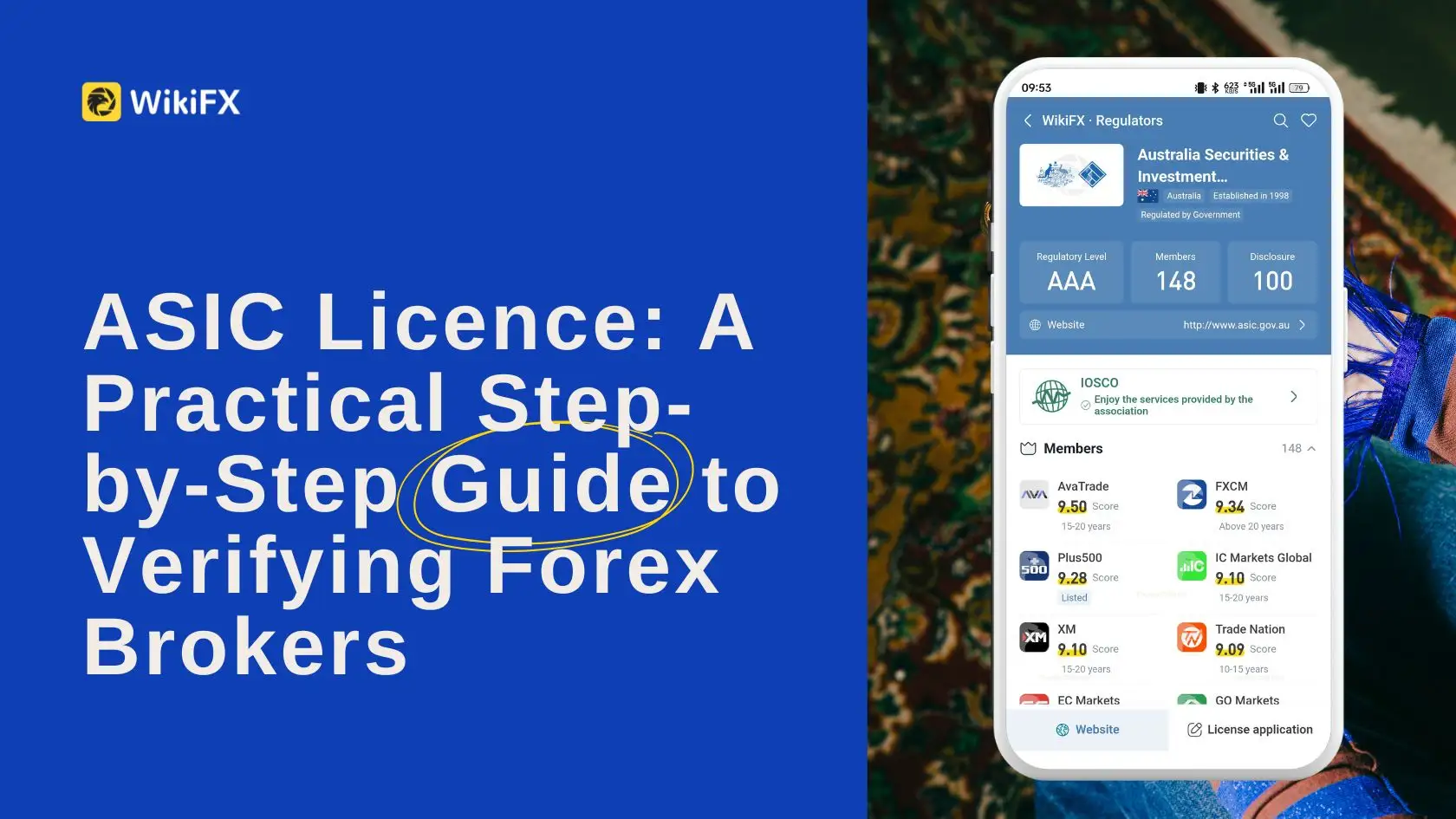
ASIC Licence: A Practical Step-by-Step Guide to Verifying Forex Brokers
A practical AFSL checklist for traders: capture the legal name, confirm “Current” status on ASIC, and use WikiFX for multi-jurisdiction licence mapping.
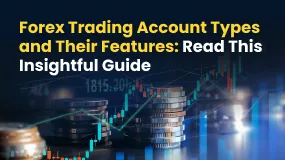
Forex Trading Account Types and Their Features: Read This Insightful Guide
Want to open a forex account to enjoy the thrill of compounding returns? You should first know the various forex trading account types. Choosing the right option from the list of forex accounts is critical to experiencing a hassle-free and successful trading journey. Forex brokers design trading accounts based on your needs, trading experience, and financial goals. Therefore, understanding each forex trading account type and its key features becomes essential.. This will help you make the right choice. In this article, we have discussed everything about forex accounts. Take a look!
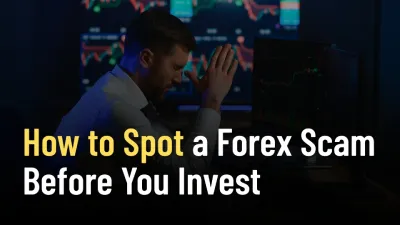
How to Spot a Forex Scammer Before You Invest
Learn how 7 signs to identify forex scammers using verified red flags like unregulated brokers, guaranteed returns, and withdrawal issues. Protect your investments with expert-backed strategies.
WikiFX Broker
Latest News
Elite Night · Cairo – Gathering Wisdom, Empowering Forex Safety through Education
Best Forex Broker in the World 2025: Top Scalping Picks
EU Capital Markets Union: Germany's Merz Calls For A "Wall Street" For Europe
FBS AI Assistant: Trading Tool for Real-Time Market Analysis
Hong Kong Monetary Authority Issues Alert on Fraudulent Bank Interfaces Impersonating Four Banks
Xtreme Markets on SC’s Alert List: The Broker That Trapped Local Traders
USD 3,000,000 Lost? Over 1270 Investors Report TenX Prime Scams.
WikiEXPO 2025 Dubai, One of the World’s Most Influential Fintech Expos, Kicks Off This November 11!
Who Controls Forex Market: Central Banks and Major Players
Rate Calc

